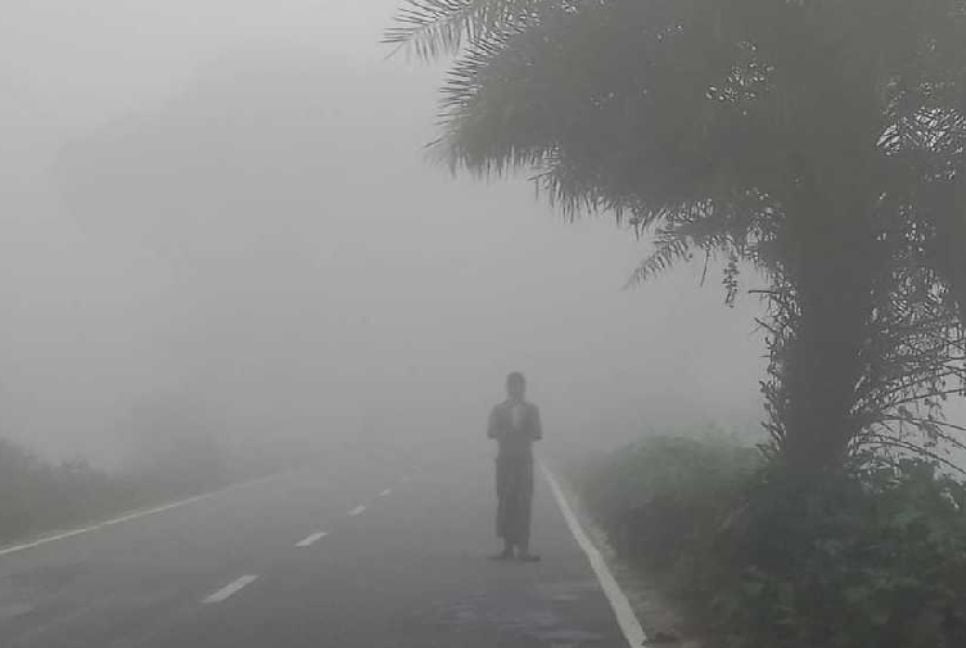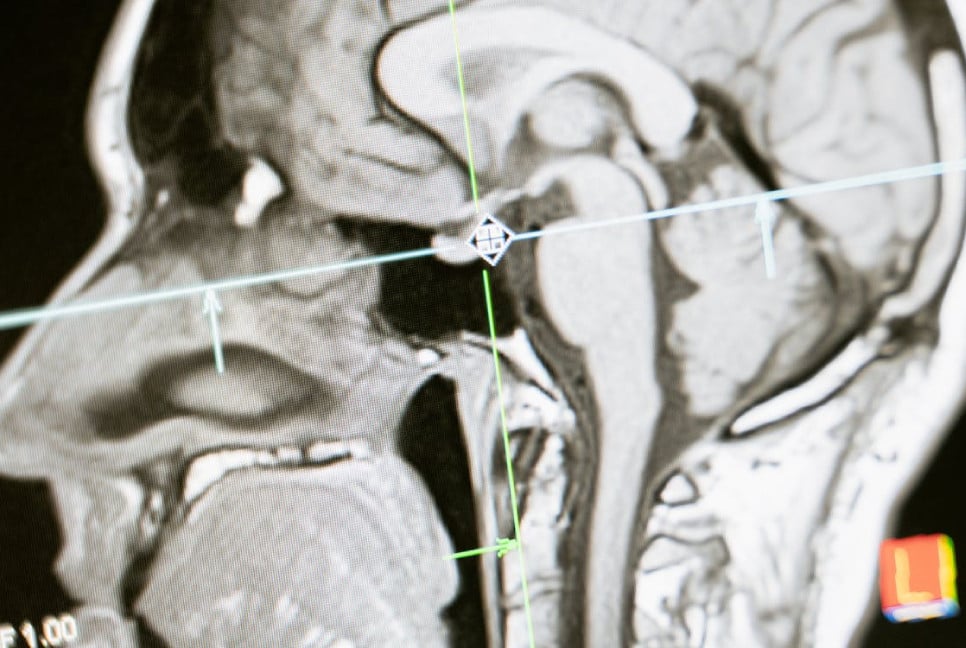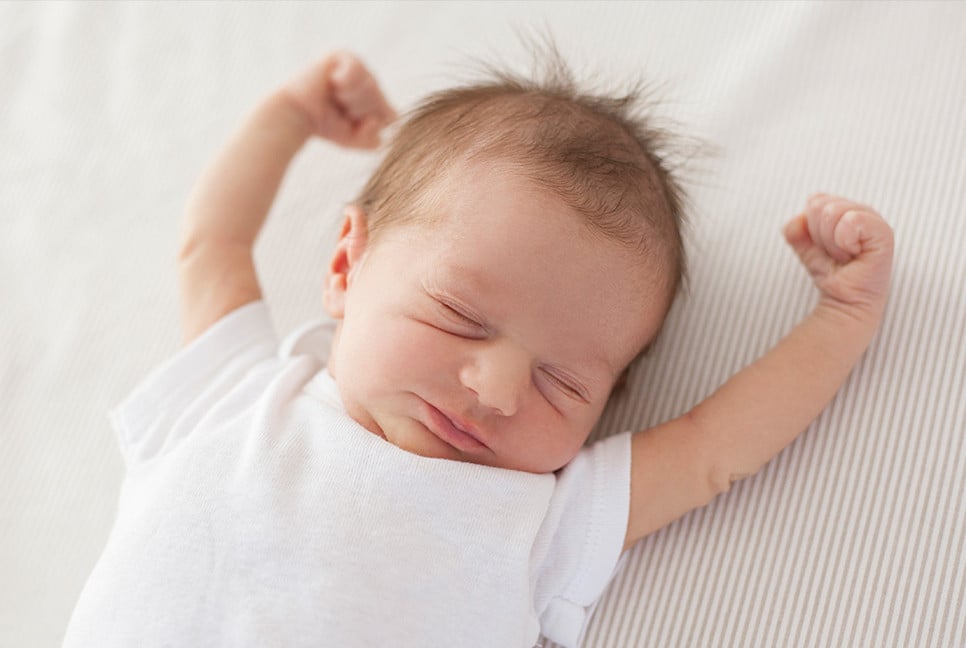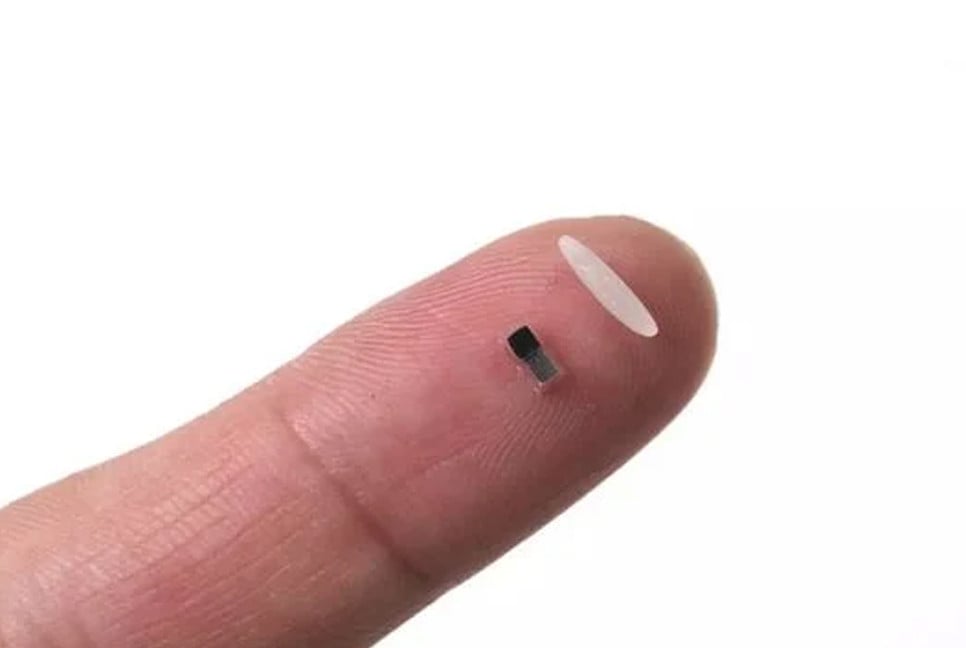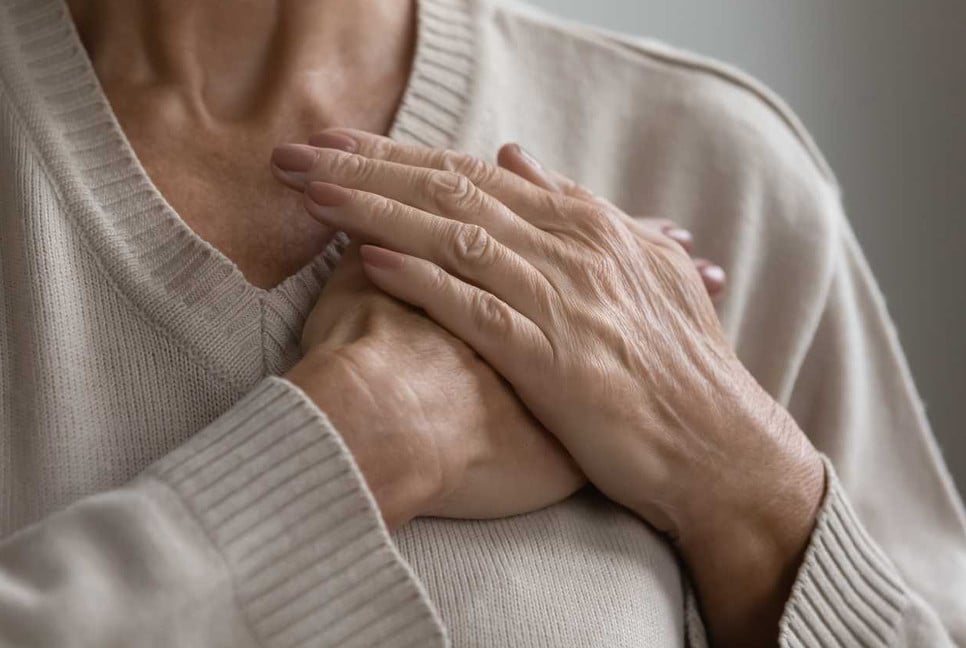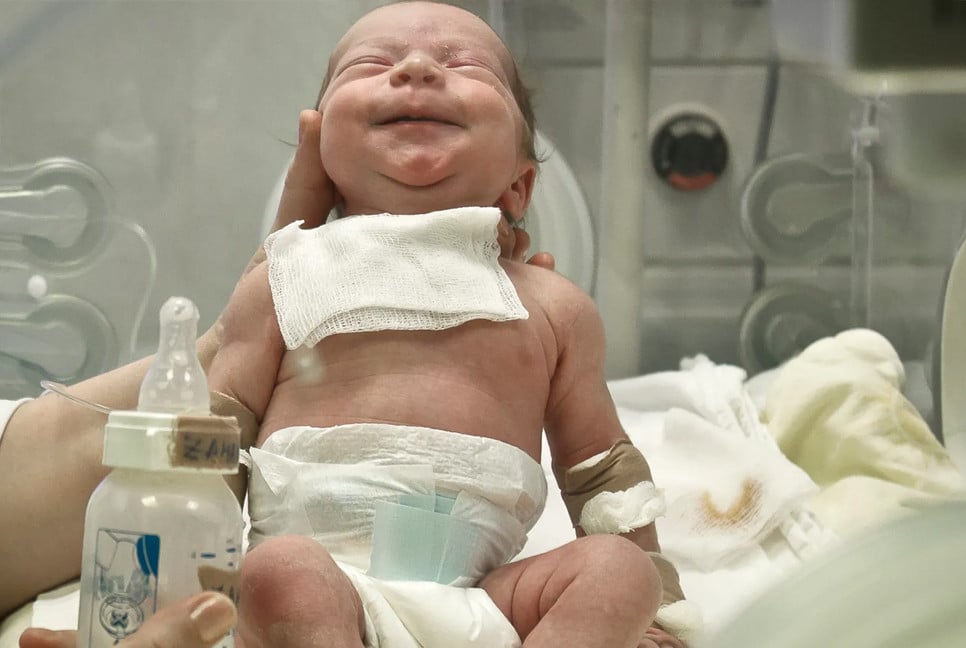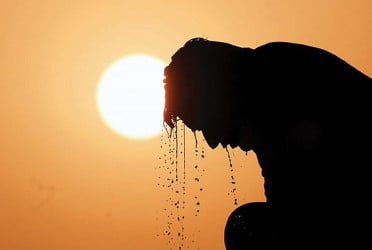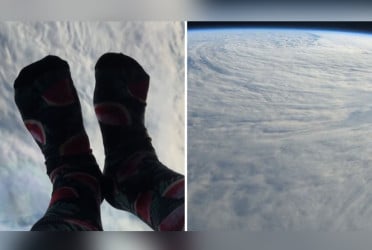Winter weather brings various hazards that people have to contend with to keep warm and safe. These dangers can include carbon monoxide poisoning, hypothermia and frozen pipes that can burst and make homes unlivable.
Public safety officials and experts say there are multiple ways people can prepare themselves to avoid these winter weather hazards and keep themselves safe.
Staying safe inside your home
Officials say that during the season, people should stay indoors. But home heating systems running for hours can increase the risk of carbon monoxide poisoning as the deadly fumes can be produced by furnaces, stoves and heaters, according to the U.S. Centers for Disease Control and Prevention.
Carbon monoxide can also be created when people use portable generators or run cars in their garages to stay warm or charge their phones. Dr Alex Harding, assistant professor of emergency medicine at the Baylor College of Medicine in Houston, said that because carbon monoxide is odourless and colourless, people won’t necessarily be aware of it.
“The symptoms of carbon monoxide poisoning can be really insidious. They can sneak up on patients and can range from just developing a headache or maybe a little bit of nausea to all the way to losing consciousness and seizures,” he said.
Dealing with hypothermia
Extreme cold temperatures and winds can eventually lead to frostbite at a much faster rate or hypothermia at a much faster rate than normal.
Prolonged exposure to frigid temperatures can put people at risk of hypothermia, a condition that happens when one’s body loses heat faster than it can produce it. “Hypothermia is definitely one of the bigger concerns, especially if we do have any kind of certainty in like power grids or electricity failing,” Harding said.
The danger of hypothermia is greater for someone who is outside, exposed to wind gusts and isn’t wearing appropriate clothing or has clothing that gets wet such as vulnerable populations like people with disabilities or homeless individuals.
Electric vehicle troubles
Experts acknowledge that cold weather can be hard for electric vehicles, but they say with some planning and a little adjustment, owners should be able to travel pretty much as normal.
Inside EV batteries, lithium ions flow through a liquid electrolyte, producing electricity. But they travel more slowly through the electrolyte when it gets cold and don’t release as much energy. That cuts into the range and can deplete a battery faster.
There are new battery chemistries in development that are more resilient in cold weather.
Source: AP
Bd-pratidin English/Fariha Nowshin Chinika

